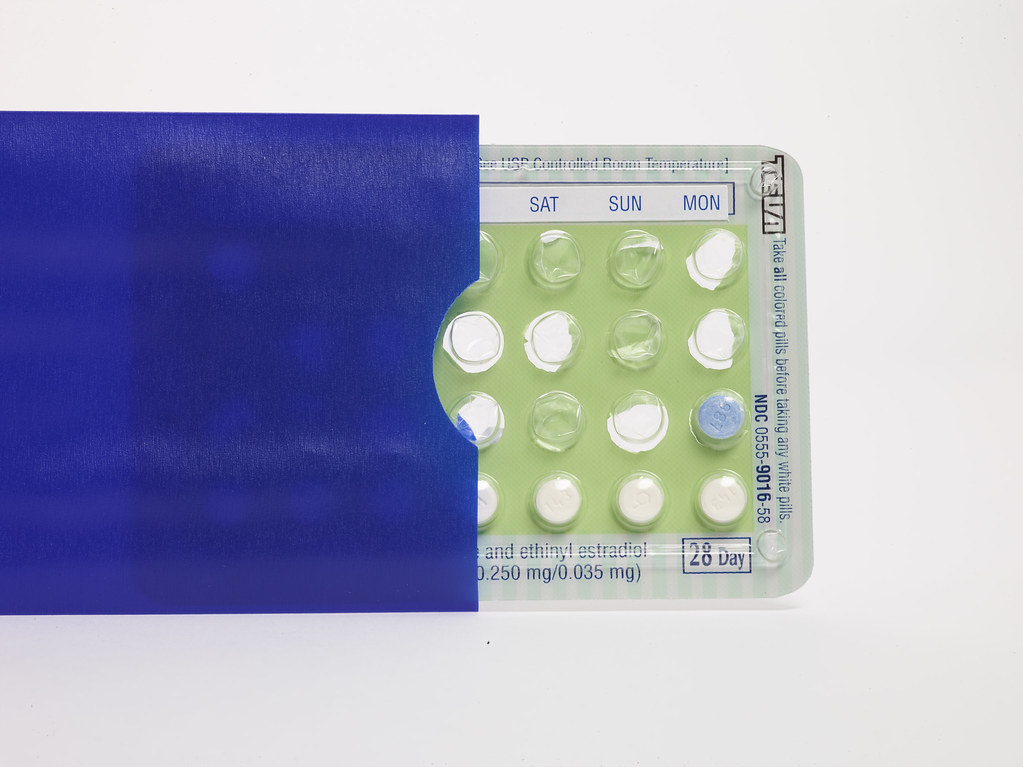The climactic line in every romantic comedy, the basis of every joke so lovingly circulated by moms in Facebook groups, a woman’s persistent inquiry is always: “I just feel like you’re not listening to me enough.” And we are right, of course, but ridiculed into thinking that our pleas in wanting to be heard are merely typical of a whiny woman. In any innovation, female progress seems to lag behind men: in medical research specifically, women were unable to trial drugs because of supposed complications with the female body that would hinder results. Innovation was created for men, and because women could not fit that mould, we cannot settle into the benefits of modern medical technology.
Indeed, the rise of fem-tech startups can point to the desire to create the most eye-catching, buzz-worthy commodification rather than a piece of technology that can truly benefit women, especially those marginalised due to insufficient healthcare.
Another trope we enjoy poking fun at is the PMS-ing woman. The one with the pints of ice cream sprawled on the counter, pajamas, stained mascara tears, and so much bottled rage. For an emotional woman, “it’s always that time of the month.” Yet, distracted by all of these ballooned generalisations, the reality is that menstruation is way more methodical than many think. To be in an age where an app can forecast a period, right down to the first and last day, is extremely eye-opening. Feminine technology, abbreviated to femtech, refers to software and general technology catered to address feminine hygiene and biological needs. Seeing where this technology can take us is particularly exciting, considering the trend of women never being listened to. The beautiful thing about this is that perhaps we don’t need to be listened to at all: if women are the backbone of this growing industry –– which has the potential to tap into the $500 billion a year in women’s medical expenses –– there need not be pressure to fit into some kind of mould. In turning away from a history of male bias in medical trials, we can see a clear demand being met for the first time. Period and ovulation trackers and predictors are a massive lifestyle changer, enabling life-altering differences, whether that be booking an enjoyable vacation or welcoming the birth of a long awaited child after years of an inability to conceive.
The rise of femtech is an indication of the growth of women in entrepreneurship and technology, as well as a reflection of the progress in educating young girls about their own wellness. Women of child-bearing age today likely grew up in a time where the ability to look up symptoms or questions centered around female health was indeed a possibility. Coming from that background, that infinitesimal point where we let a drop of the internet perforate the wellness space, we see an explosion of women’s health resources, guides, trackers, and even general monitors.
If women are the backbone of this growing industry –– which has the potential to tap into the $500 billion a year in women’s medical expenses –– there need not be pressure to fit into some kind of mould.
Though we’re finally being heard, the issue that stands is why are we only getting the flashy stuff (yes, there is no better word than “stuff” here) such as CBD-infused tampons and rose quartz vagina eggs? Is there really a demand for these products, or are they just a shiny gimmick to draw our attention away from medical biases against women?
Analogous to the rise of makeup marketing, for example, where a demand for new trends are being created by male-dominated beauty conglomerates instead of being met, the femtech space is vulnerable to the male influence –– and in more alarming words –– inescapable. Femtech startups are new, exciting, and indeed very “girlboss,” as indicated by the $1.3 billion in investment into the sector last year alone. The figure should be larger, and not just because of the potential returns that a space for fun women’s wearables can offer, but because these advancements in femtech are analogous to advancements in women’s health. Of all funding for R&D in world healthcare products and services, women’s health makes up only a 4% minority. It’s not difficult to understand why –– women are notoriously underrepresented in the investor space due to clear systemic barriers to entry. And if you’re a woman of colour? It’s almost impossible. VC firms are very much still a boys club, which tend to favour leadership that mirrors them, intentional or not. The appeal to fund a super high-tech solution to cervical cancer is not of an appeal or a priority. Often, we see most funding for femtech startups come from all-female or female dominated firms, which is empowering on one hand, yet is indicative of the fact that not everyone is listening. Now, as some research places the femtech market at $9.4 billion by 2024, seeing those motivated by a profit –– and not the massive leaps in women’s health and wellness–– will leave a trail of one too many tone-deaf products that were never asked for to begin with.








